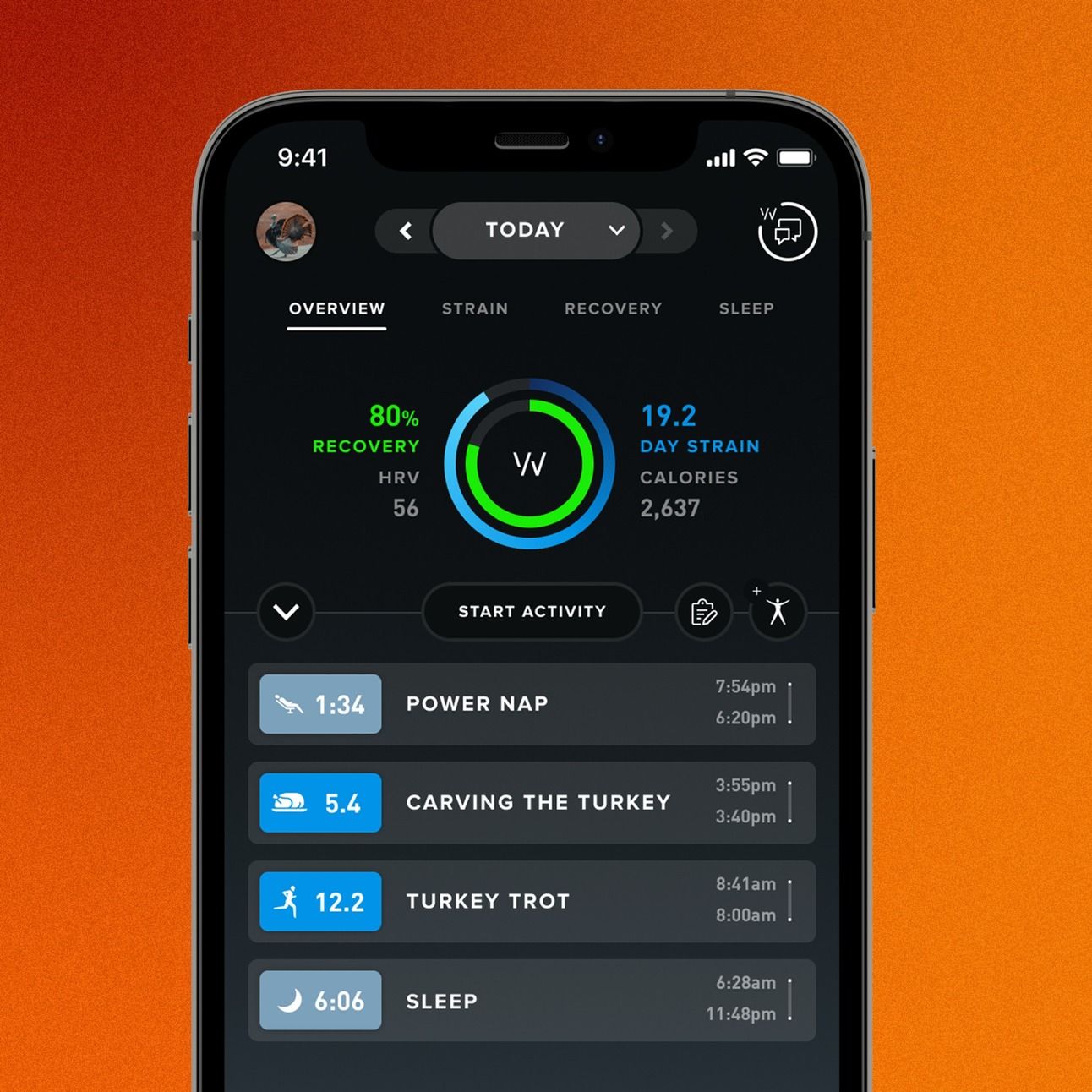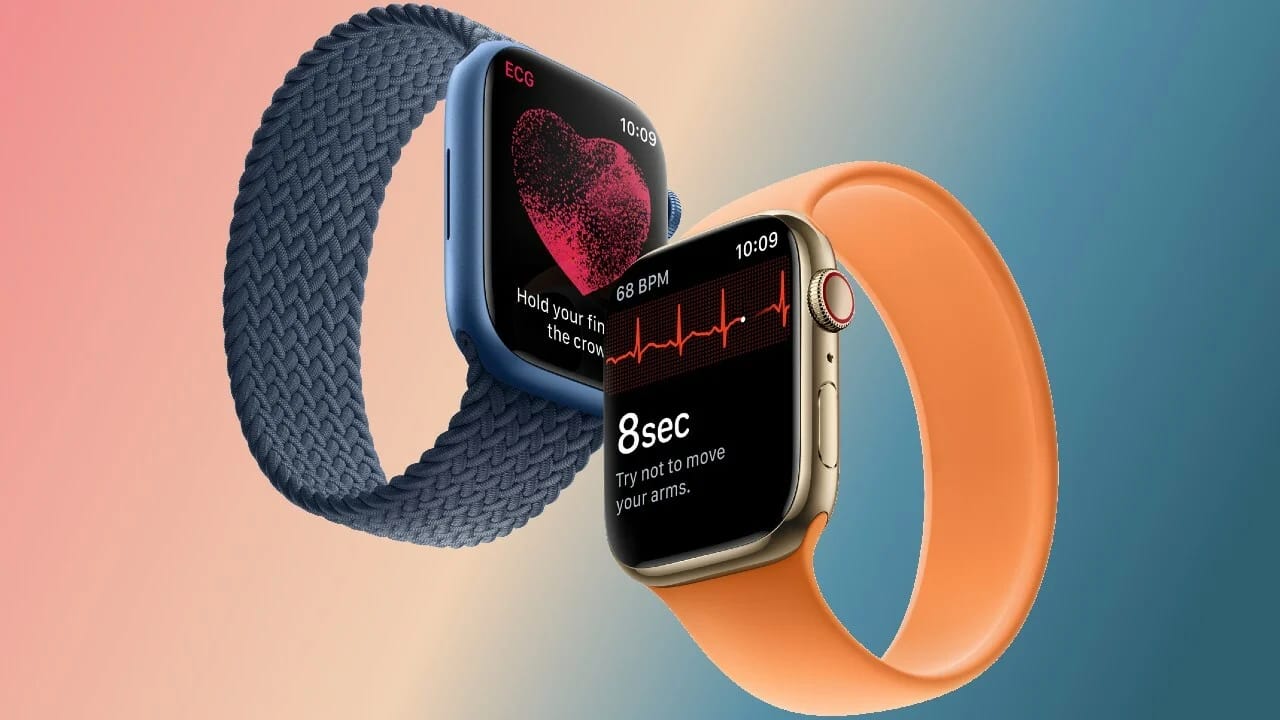
Whoop vs Apple Watch
Introduction
In the world of fitness tracking, two popular contenders have emerged: Whoop and Apple Watch.
Today, we'll explore these devices with a balanced perspective, examining their features, accuracy, and overall performance.
Join us on this journey as we compare and contrast the capabilities of these fitness-tracking powerhouses.
Whoop: Maximizing Performance and Recovery
Whoop caters to athletes and fitness enthusiasts by offering a comprehensive analysis of their body's performance and recovery.
The Whoop strap, comfortable and unobtrusive, tracks vital fitness data such as heart rate variability (HRV), resting heart rate (RHR), sleep quality, and daily strain levels.

One of Whoop's standout features is its focus on recovery optimization.
By assessing metrics like HRV, RHR, and sleep patterns, Whoop generates a recovery score that guides users in managing exercise intensity and rest periods.
This personalized approach empowers individuals to make informed decisions about their training, leading to improved performance and injury prevention.
The Whoop app serves as a centralized hub for all the data collected by the strap. It provides detailed reports, trends, and recommendations tailored to individual goals.
Additionally, the app offers workout tracking, goal setting, and community challenges, fostering a sense of camaraderie among fellow Whoop users.

Apple Watch: Versatility and Integration
The Apple Watch, a versatile smartwatch, encompasses a wide array of features, including fitness tracking.
Equipped with sensors such as an optical heart rate monitor, accelerometer, and gyroscope, the Apple Watch can monitor heart rate, steps, distance, and active calories.

It offers various workout modes, from running and cycling to swimming and strength training, catering to diverse fitness routines.
What sets the Apple Watch apart is its seamless integration with the Apple ecosystem.
Syncing effortlessly with your iPhone, the watch allows you to access fitness data, receive notifications, and utilize apps directly from your wrist.

The device also incorporates features like ECG monitoring and fall detection, making it a comprehensive smartwatch for both fitness and daily life.
Pricing
When it comes to pricing, it's important to consider both the upfront cost and any ongoing subscription fees:
Whoop operates on a subscription-based model, requiring a monthly membership fee in addition to the initial cost of the Whoop strap. The membership fee provides access to the full suite of features, including personalized insights, advanced analytics, and community engagement. The pricing starts at around $30 per month, depending on the subscription plan.
Apple Watch, on the other hand, follows a traditional retail pricing model. The cost varies depending on the specific model and edition you choose, with prices ranging from a few hundred dollars to over a thousand dollars for higher-end versions. Keep in mind that certain features, such as cellular connectivity or specific band options, may incur additional costs.
Ultimately, your budget and the value you place on the features and capabilities of each device will influence your purchasing decision. Consider your fitness goals, preferences, and financial considerations to determine which option aligns best with your needs.
Which one should you buy?
While both Whoop and Apple Watch excel in their own ways, it's important to consider individual needs and preferences.
If you're an avid athlete or fitness enthusiast seeking in-depth performance analysis and recovery optimization, Whoop is the clear winner.
Its focus on metrics like HRV, RHR, and sleep quality, along with personalized recommendations, can greatly benefit those looking to fine-tune their training routines and prevent overexertion.
Whoop's community features and comprehensive app make it a valuable tool for individuals seeking a holistic approach to fitness.
On the other hand, if you're looking for a versatile smartwatch that seamlessly integrates into your daily life and offers a range of features beyond fitness tracking, the Apple Watch is the top choice.
With its extensive app ecosystem, seamless integration with other Apple devices, and additional functionalities like ECG monitoring and fall detection, the Apple Watch offers a well-rounded smartwatch experience.
It's an ideal option for individuals who prioritize convenience, connectivity, and a wide range of applications.
Conclusion:
After a comprehensive assessment, it's evident that both Whoop and Apple Watch have their respective strengths.
Whoop's focus on recovery optimization and detailed insights caters to serious athletes, while the Apple Watch's versatility and integration make it a compelling choice for individuals seeking a multifunctional smartwatch.
Ultimately, the decision between Whoop and Apple Watch boils down to personal preferences, specific fitness goals, and the desired level of integration with other devices.
Whichever device you choose, harness its capabilities to enhance your fitness journey and prioritize your overall well-being.